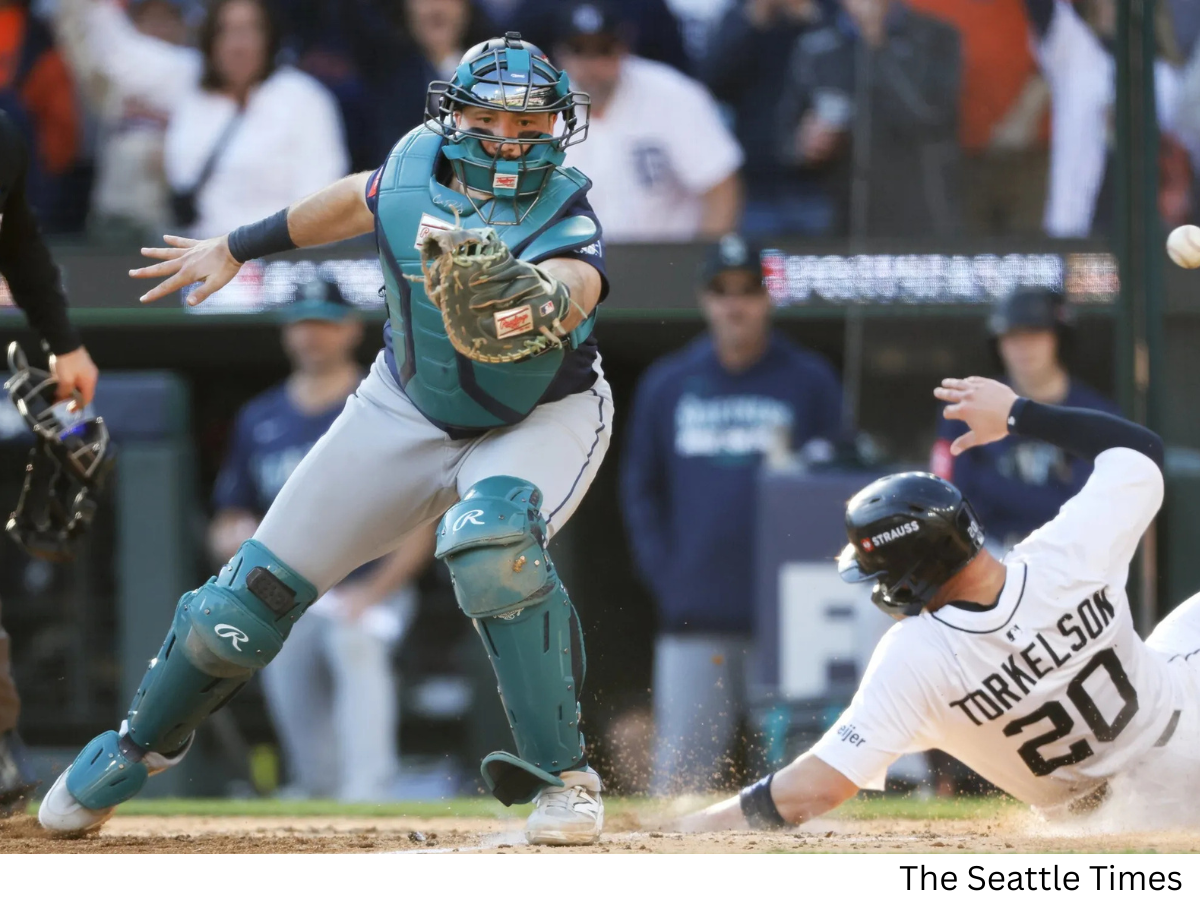A Statistical Battle, Not a Classic
Watford’s 1–1 draw with West Bromwich Albion at Vicarage Road may not go down as a classic in the Championship archives, but it was a fascinating watch for those who appreciate the numbers behind the game. It was a contest of fine margins — one in which expected goals, possession stats, and defensive structure played a far bigger role than flair or chaos.
The Hornets came into the fixture desperate to end a frustrating run of inconsistent performances under Tom Cleverley, while Carlos Corberán’s Baggies were looking to build on solid defensive foundations that have kept them in the top half. The final scoreline reflected both teams’ strengths — and their weaknesses.
Possession Without Punch: Watford’s Ongoing Puzzle
On paper, Watford dominated possession — finishing with 58.2% of the ball — but the numbers reveal just how little that control translated into genuine threat. They managed just nine shots, with only two on target, producing an expected goals (xG) total of 0.89.
That lack of cutting edge has become a defining theme for the Hornets’ season. Despite boasting technically gifted players like Yáser Asprilla, Ken Sema, and Vakoun Bayo, they too often struggle to turn possession into penetration.
In this match, Asprilla completed 38 passes in the final third (the most on the pitch), yet created just one clear chance. Watford’s pass completion rate inside the opposition box — just 42% — summed up their bluntness in attack.
West Brom’s Defensive Organisation
West Brom, meanwhile, continued to show why they remain one of the most defensively disciplined sides in the Championship. Corberán’s side recorded 19 interceptions, won 63% of their defensive duels, and limited Watford to just one big chance across 90 minutes.
The combination of Cedric Kipré and Semi Ajayi at centre-back was excellent once again. Between them, they made 18 clearances and won 11 aerial duels. West Brom’s defensive line sat compact, allowing Watford to circulate the ball outside the box but rarely break through centrally.
Their average defensive line sat just 36 meters from goal — a deliberate ploy to compact space between midfield and defense. That tactical compression left Watford’s attacking midfielders crowded out for much of the game.
Momentum Swings and Key Moments
Watford started brightly, recording 0.47 xG in the opening 25 minutes, mostly from Bayo’s header and Sema’s long-range effort. But after that early pressure, West Brom adjusted — shifting their shape to a 4-4-1-1 in possession, with John Swift drifting between the lines.
It paid off in the 38th minute when Brandon Thomas-Asante capitalized on a defensive lapse from Francisco Sierralta, firing home his fifth goal of the campaign. The strike came from West Brom’s first shot on target — a reflection of their efficiency rather than dominance.
Watford equalized midway through the second half thanks to Ismaël Koné, who drove forward from midfield and finished confidently from just inside the area. It was only their second shot on target of the day, yet it rescued a crucial point.
Midfield Matchup: Livermore vs. Yokuslu
The midfield battle was where much of the game was decided. Former West Brom captain Jake Livermore, now in Watford colors, went head-to-head with his old club’s metronome, Okay Yokuşlu.
Statistically, Livermore shaded the duel:
- Ball recoveries: 11 (Yokuşlu – 8)
- Pass accuracy: 84% (Yokuşlu – 79%)
- Progressive passes: 5 (Yokuşlu – 3)
However, Yokuşlu’s positional sense and pressing discipline gave West Brom greater balance without the ball. His heatmap showed an incredible work rate — covering both flanks to cut passing lanes.
Set-Piece Storylines
West Brom have quietly become one of the Championship’s most dangerous sides from set pieces. They created 0.66 xG from corners and free-kicks at Vicarage Road — more than double Watford’s total.
Kipré almost doubled the visitors’ lead from a corner early in the second half, his header narrowly flashing wide. Watford, by contrast, failed to win a single first contact from their seven corners — another worrying trend that continues to undermine their scoring potential.
Player of the Match: Brandon Thomas-Asante
It wasn’t the most glamorous display, but Thomas-Asante’s energy, pressing, and precision made the difference for West Brom. He recorded:
- 4 shots
- 1 goal
- 6 duels won
- 7 recoveries in Watford’s half
Beyond the numbers, his constant movement kept Watford’s defense on edge, forcing errors and opening space for runners behind. For a side sometimes accused of being too cautious away from home, he was their spark.
Watford’s Warning Signs
For Tom Cleverley, this draw felt like déjà vu. Watford have now failed to win in five of their last six home matches, collecting just six points from a possible 18 at Vicarage Road.
They’ve also conceded first in eight league games this season — a pattern that reflects mental and tactical lapses early in matches. Cleverley admitted post-match that “the slow starts are killing us,” and the stats back him up: Watford have allowed 11 first-half goals, one of the highest tallies in the league.
Their inability to create high-quality chances remains the core concern. Since the start of September, they’ve averaged just 1.02 xG per game, ranking 18th among Championship teams.
The Takeaway: Progress in Control, Problems in Precision
Both sides left Vicarage Road with reasons for optimism — and frustration. West Brom extended their unbeaten run to five matches and once again showed defensive solidity. But their lack of creativity, with just six shots in total, will remain a concern for Carlos Corberán.
Watford, meanwhile, showed control and effort but failed to produce the cutting edge their possession deserved. For Cleverley, the data paints a clear picture: control without precision equals stagnation.
If Watford can turn their passing dominance into penetration, results will follow. Until then, they remain a side that looks good between the boxes — but not inside them.
%20(4).png)



.png)

.png)


